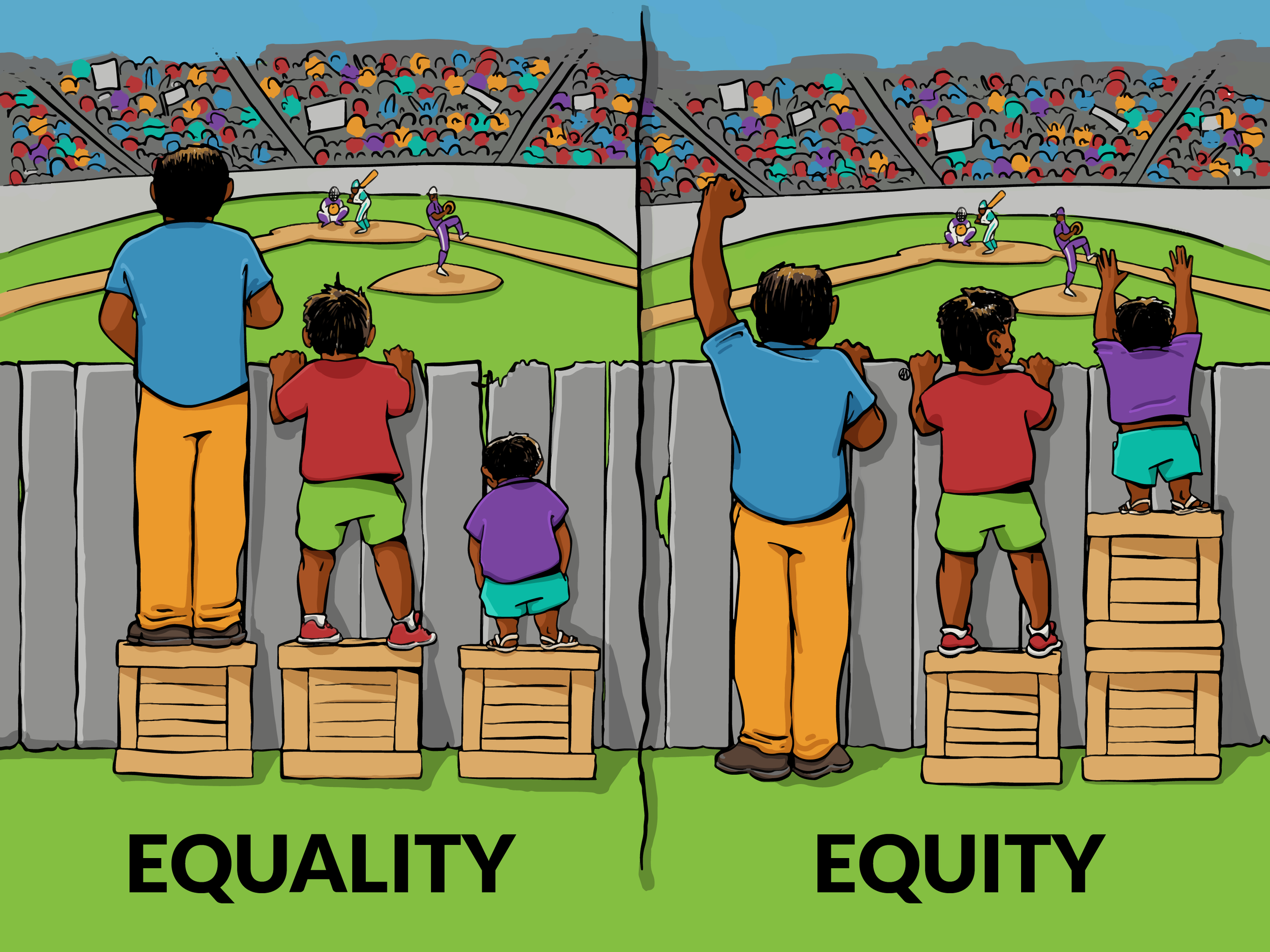Equity in eLearning: Designing Digital Learning That Works for Adult Learners Introduction: Not Just Digital — Equitable
Source: Interaction Institute for Social Change Interaction Institute for Social Change
As more adult education programs shift online, there’s a common misconception that providing access to technology equals equity. But as anyone who has designed eLearning for diverse adult learners knows, equity requires more than just a login and a Wi-Fi connection.
Digital access is a start — but equity is about ensuring the learning experience itself is responsive, relevant, and respectful of adult learners’ diverse identities, experiences, and needs.
Who Are Adult Learners, Really?
Adult learners are not a monolith. They include:
Career shifters and upskillers
Caregivers balancing family and work
Immigrants and multilingual learners
Veterans and returning citizens
First-generation college students
Older adults reentering formal education
Their lives are layered with responsibilities — and their learning journeys are often marked by both resilience and disruption.
💡 Equity starts with seeing adult learners as whole people, not just digital users.
Where Equity Breaks Down in eLearning
Here are common pitfalls that unintentionally create barriers in adult eLearning:
1. Assuming Comfort with Digital Platforms
Not all learners are tech-savvy, and some may experience shame when navigating complex systems.
🔧 Equity fix: Design simple, intuitive navigation and provide orientation or tech literacy support.
2. One-Size-Fits-All Content
Standardized, inflexible modules fail to account for learners' varied prior knowledge, cultural references, and learning preferences.
🔧 Equity fix: Offer choices in pacing, format (video/audio/text), and application-based learning.
3. Ignoring Language Diversity and Literacy Levels
Many adult learners may be multilingual or still developing academic language skills.
🔧 Equity fix: Use plain language, captions, transcripts, and visuals. Avoid academic jargon.
4. Lack of Representation in Examples and Case Studies
When learners can’t see themselves in the content, engagement and trust decrease.
🔧 Equity fix: Integrate diverse voices, names, settings, and culturally relevant scenarios.
Designing with Equity at the Core
✔️ Start with Empathy Mapping
Ask: What are your learners feeling, seeing, and juggling outside the screen? Design with that context in mind.
✔️ Build in Flexibility, Not Just Deadlines
Allow grace for life events. Offer replays, extensions, and multiple paths to completion.
✔️ Use UDL (Universal Design for Learning) Principles
Multiple means of engagement, representation, and action ensure that all learners can access and express their learning.
✔️ Invite Feedback and Co-Creation
Include adult learners in the feedback loop. What worked? What didn’t? What felt empowering?
Final Thoughts: Equity Is a Design Choice
Equity in eLearning doesn’t happen by accident. It’s the result of intentional decisions that honor the dignity, context, and strengths of adult learners.
So, the next time you’re designing a course, ask yourself: Who is this really designed for? Who might be unintentionally left out?
💬 What are your strategies for designing equitable online learning for adults? Let’s share ideas and grow together.
#EquityInEducation #eLearningDesign #AdultLearning #InstructionalDesign #DigitalEquity #UDL #InclusiveLearning

